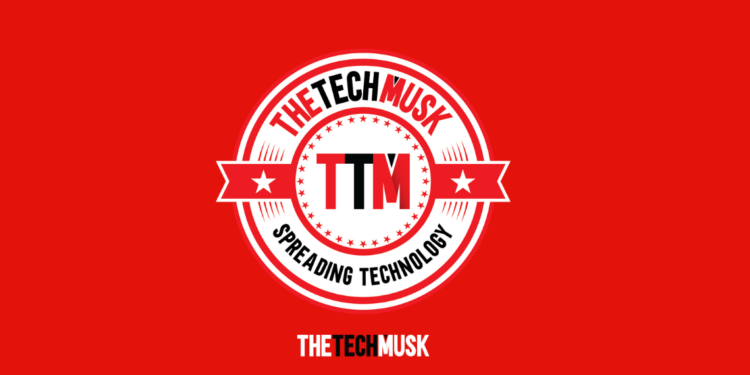What if the web were multiuser and 3D?
Hint: It would be the Metaverse.
The Metaverse will happen much faster than everyone thinks as it gains traction via 3D worlds in traditional websites. Millions of virtual 3D spaces and worlds embedded in the web interoperable with existing sites will collectively form a significant portion of the larger interoperable Metaverse.
No one is going to throw away their current website and build a new one that is multiuser and immersive, but the parts of the site that benefit most will evolve in those directions very rapidly. The Metaverse is an evolution… the next generation of the Web… not a Revolution.
Metaverse Grows Fast Without Virtual Reality

One of the most limiting factors (beyond bad graphics) for Meta and its efforts with Virtual Reality in the Metaverse is what used to be called the “one walkie-talkie problem.” When only 10% (generously) of the population have VR headsets and only half of those know where they are, the vast majority of people can’t join in and you have a massive problem with participation and engagement. By allowing any user to participate using so-called Metaverse Browsers that are entirely cross-platform to any device with a browser and are frictionless (no downloads or native apps), the growth of the Metaverse will accelerate massively, along with growth in participation and engagement. While it is true that VR can deliver a more immersive experience, it is not a binary experience and has a high cost. Very good immersive 3D experiences are available today in cross-platform environments that can be offered across any device, ranging from desktops to phones and head mount XR devices. Another case is where perfect is the enemy of very good and useful today.
Big Companies Stop Experimenting And Start Building A “Real” Metaverse

Large companies will always do marketing, advertising, customer acquisition, and promotions in centralized environments like Roblox, Meta, and Decentraland but they will never send their customers, data, or transactions there, often because laws or compliance policies prevent them from doing so. The “Real” Metaverse will emerge as an extension of the Web and the Internet, where these large companies already have major traffic and presence on their existing web properties today. The Open Metaverse is decentralized and interoperable and will form the basis for how large companies interact with existing customers for transactions, support, upselling, and logistics on the websites they already manage and control today.
Artificial Intelligence will make content creation significantly faster.

Tools like GitHub Copilot, DALL-E, and ChatGPT will continue to evolve, become more accessible to a wider audience, and become more ethically acceptable to use. Metaverse technologies rely heavily on high-quality content, which has historically been expensive and time-consuming to produce. That content will become inexpensive to make, and those content creators will not need to invest as much time in learning the tools.
Metaverse platforms will embrace asynchronous content.

Real-time communication platforms are and will continue to be important, but not all users can be online at the same time. Ghost avatars, rich notes between friends, and other time-independent interactive content will continue to evolve.
Metaverse technologies will be built by and used by a more diverse group of people.

Given the potential reach of metaverse technologies, it’s imperative that these technologies be built for people with a wide range of backgrounds and abilities. As solutions for identity in the metaverse become more varied, people will be able to express themselves safely in the way that feels most comfortable for them. Safety and anti-harassment tools will be built into platforms as they become more decentralized.


























